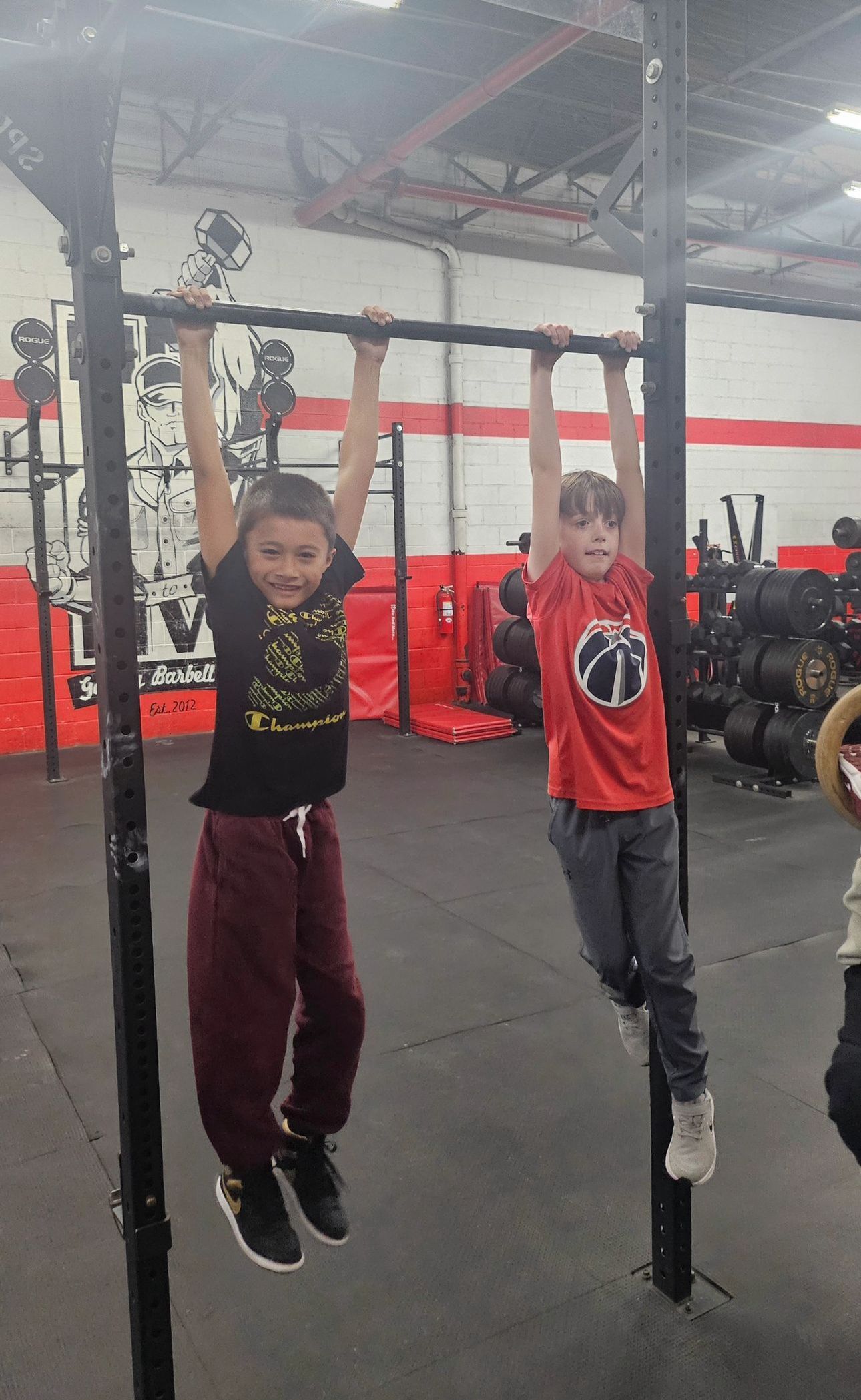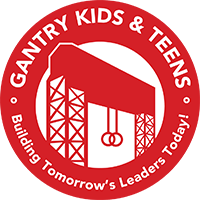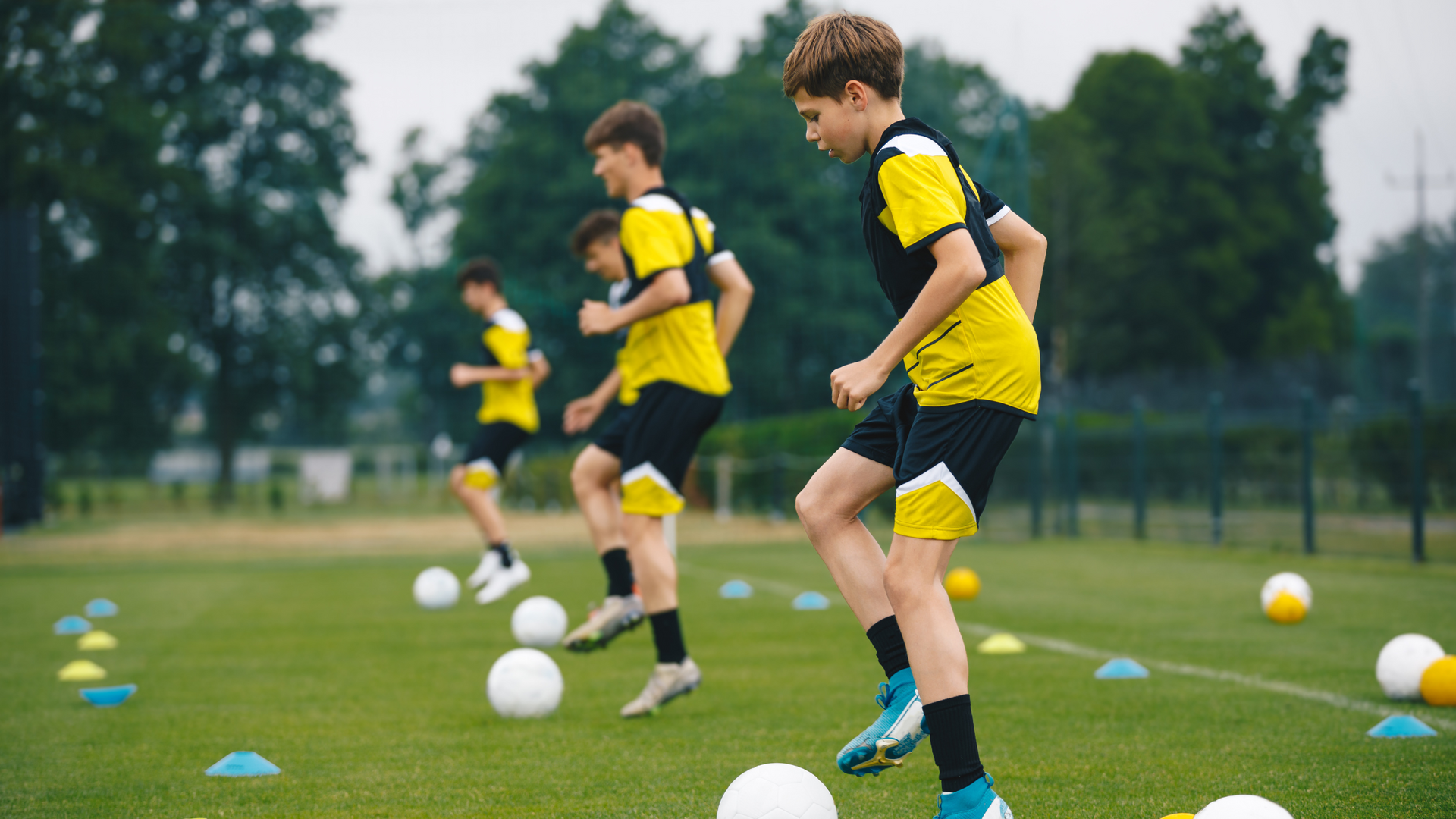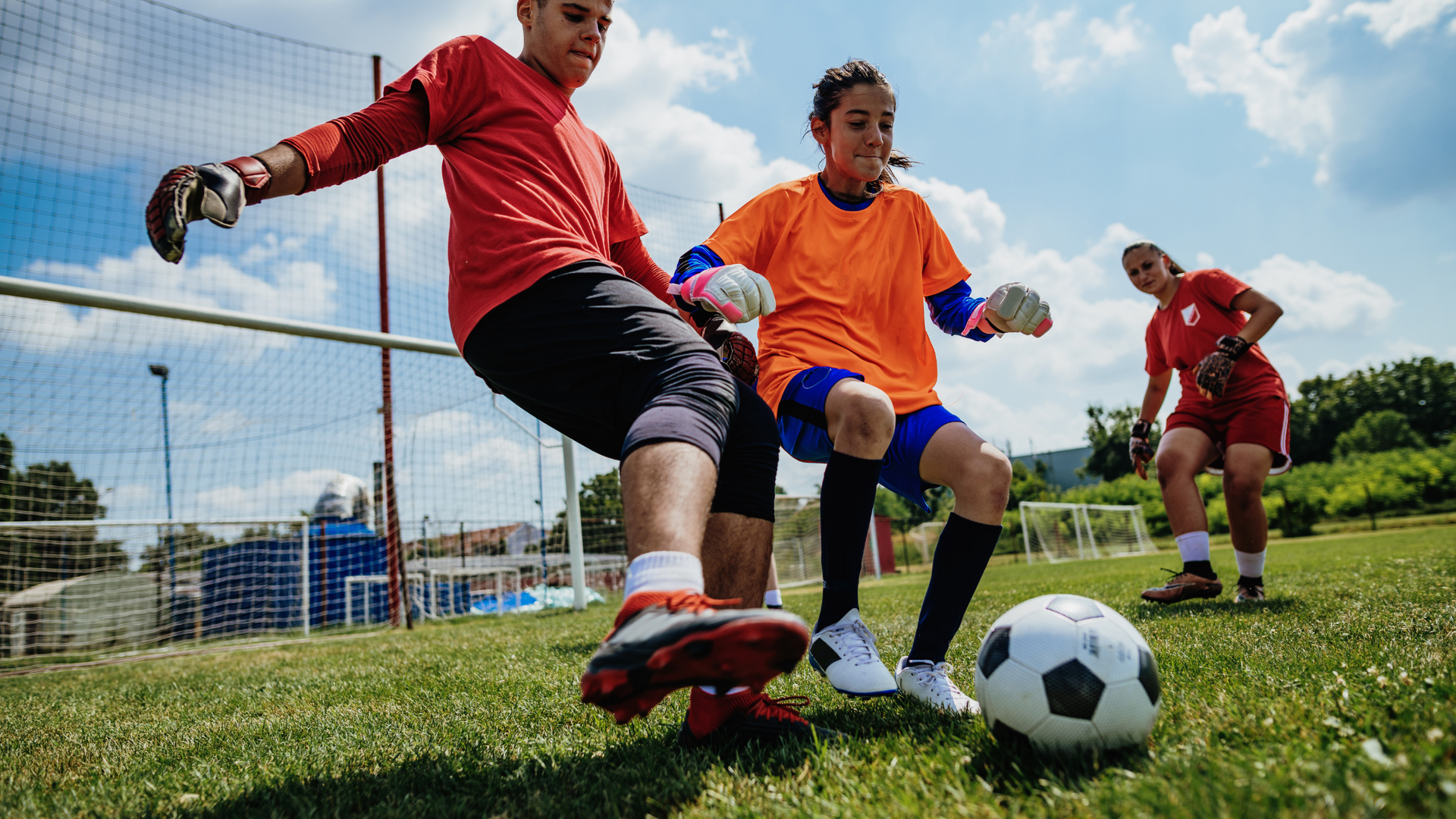How to Help Your Child Overcome Barriers to Exercise and Fitness
Getting Kids Off the Couch and Into an Active Lifestyle
In today's world of video games, smartphones, and endless TV channels, it can be tough to motivate kids to get active and stay fit. As parents, we want our children to develop healthy habits and avoid obesity, but all too often exercise takes a backseat to screens and sedentary activities. Overcoming barriers to fitness is key for setting your child up for a lifetime of wellbeing.
The good news? With some creativity, positivity, and family teamwork, you can transform exercise from a chore into an adventure. This guide will explore common obstacles that keep kids glued to the couch, as well as provide actionable tips to make physical activity an integral part of your child's routine. Let's get started!
Lack of Motivation is the #1 Roadblock
Kids today have more distractions than ever before competing for their attention. From YouTube celebrities to Fortnite tournaments, entertainment options are endless. Unfortunately, these digital diversions often sap a child's motivation and energy that could be better spent playing outside.
While eliminating all screens is unrealistic (and unfair!), you can kindle your child's excitement for exercise by emphasizing fun over fitness. Don't lecture them about heart health - invite them to play an active video game or shoot hoops in the driveway. Reframe exercise as a chance to learn new skills, enjoy quality time together, and release energy and stress. Soon, they'll associate physical activity with feeling great, not drudgery.
Make it a Family Affair
Children are much more likely to participate in exercise if parents join in too. Not only does this provide encouragement, but it also establishes fitness as an important family value. Get creative with activities that allow everyone to contribute - go for a bike ride, play doubles tennis, or have a neighborhood scavenger hunt.
Schedule regular "Family Fitness Time" on the calendar and protect that time from intrusion by other commitments. Even a short 20 minute session 2-3 times per week makes a difference. And don't forget the power of modeling - if kids see you staying active and enjoying it, they are much more likely to follow suit.
Add Some Healthy Competition
A little friendly competition can light a fire under reluctant kids. Create exercises based on their interests - shoot free throws if they like basketball or see who can hold a plank the longest if they love gymnastics.
You can also try setting step goals and tracking progress with a visible chart. Celebrate successes and offer small rewards for hitting milestones. Just be sure competition stays positive and focused on effort rather than outcome. The goal is enjoyment, not turning your child into a champion athlete overnight.
Make Screen Time More Active
While excessive technology use should be limited, you may be able to meet your child halfway by integrating active video games and apps into their routine. Games like Just Dance or Ring Fit Adventure combine physical activity with the fun of screens. There are also great apps that guide kids through bodyweight workouts or even turn chores into games.
You can make sedentary activities like watching TV more active too - do jumping jacks during commercial breaks or have kids use exercise bands or stability balls while sitting. This prevents extended inactivity without eliminating beloved screens.
Emphasize Overall Wellness, Not Just Weight
Avoid focusing solely on weight when promoting exercise - this can backfire by damaging self-esteem. Instead, frame physical activity as a critical piece of overall wellness. Explain that being active helps us feel energized, sleep better, think clearly, and simply enjoy life more fully.
Remind them that exercise provides lifelong benefits extending far beyond physical appearance. Support their efforts to find activities they truly enjoy rather than pushing sports they have no interest in. Your child will be much more motivated to continue if they associate exercise with joy, not body image pressure.
Make it Routine, Not Random
Consistent physical activity is much easier to maintain when it's built into the daily schedule. Set specific times for family workouts or active play. This makes exercise a predictable habit rather than a chore that's easy to skip when time is short.
Start where you are - even 10 minutes of activity is great. Then gradually increase duration and intensity as fitness improves. Take advantage of pockets of time like weekend mornings or the hour after school before dinner. Planning ahead and protecting these slots will help make activity a seamless part of each day.
Add Variety to Prevent Boredom
Doing the same workout over and over is a surefire path to burnout. Battle boredom by regularly introducing new activities - take a hip hop dance class, go paddleboarding at the lake, try indoor rock climbing, learn flag football skills, etc. Local community and recreation centers offer affordable options.
You can also alternate cardio, strength training, sports skills, and stretching to provide balanced cross-training. Let kids take the lead in selecting activities to cultivate intrinsic motivation. Trying exciting new pursuits together bonds family while keeping fitness fresh.
Make it About More Than Just Exercise
Tying physical activity to other positive outcomes can boost motivation. Use it to explore nature, decompress after a stressful day, or simply spend quality time together as a family. Play outdoor games that connect kids to their surroundings. Chat during a walk around the neighborhood to strengthen emotional bonds.
Associating exercise with these deeper benefits makes it meaningful on multiple levels. Soon your child will begin looking forward to the richness, not just physical exertion, these activities provide.
Celebrate All Successes, Big and Small
Be sure to recognize any and all efforts to get moving, not just major milestones. Praise them for trying a new sport, completing a difficult workout, or simply taking a walk after school. Let them know you notice small progress like increased stamina or strength. This motivates continued effort and develops self-efficacy.
Avoid criticism or negativity if they struggle or slip up - exercise should feel uplifting. Focus on the next positive step instead of dwelling on setbacks. Your unwavering support will boost their confidence and resilience.
Lead by Example
As with most parenting challenges, your own actions speak louder than words. Be a role model by staying physically active yourself and limiting sedentary time. Let your child see how exercise improves your focus, mood, and energy.
Talk about the activities you enjoy and how they make you feel. Share stories of how being active helped you overcome obstacles or accomplish goals. Your inspiration will be the most powerful motivator of all.
The Takeaway: Make it Fun, Fresh and Family-Focused
Helping kids embrace physical activity takes patience, creativity and understanding. Avoid lecturing about health or criticizing "laziness." Instead, focus on making fitness playful, introducing variety, and modeling an active lifestyle. Exercise should feel uplifting, not like punishment.
When obstacles arise, remain positive and supportive. Small progress is still progress! Making activity a family ritual creates meaningful bonding time that nourishes the mind, body and spirit.
The gift of lifelong healthy habits is well worth the effort. By working together to overcome barriers, your child can discover the joy and freedom that comes with being active.
If you're looking for fun activities and exercise programs for your kids and teens reach out to us at Gantry Kids & Teens in New York. We're looking forward to working with you and your kids. Whether a novice or elite athlete, we got you covered with classes, after school, camps, the occasional Saturday night, private training or even celebrating a special event. We’re Building Tomorrow’s Leaders Today! Contact us today.











